When George Cruikshank (1792-1878) published a group of fairy tales using a form of social realism not previously seen by the Victorian public, his friend and sometimes collaborator Charles Dickens (1812-1870) objected. In his journal Household Words (no. 184, vol. VIII, 1 October 1853, pp. 97-100), Dickens wrote a humorous but heartfelt reply, titled “Frauds on the Fairies.” A complete transcript of Dickens’ essay is available at: http://www.victorianweb.org/authors/dickens/pva/pva239.html
but here is a taste.
“We must assume that we are not singular in entertaining a very great tenderness for the fairy literature of our childhood. What enchanted us then, and is captivating a million of young fancies now, has, at the same blessed time of life, enchanted vast hosts of men and women who have done their long day’s work and laid their grey heads down to rest.”
“…In an utilitarian age, of all other times, it is a matter of grave importance that Fairy tales should be respected. Our English red tape is too magnificently red ever to be employed in the tying up of such trifles, but every one who has considered the subject knows full well that a nation without fancy, without some romance, never did, never can, never will, hold a great place under the sun.”
“…We have lately observed, with pain, intrusion of a Whole Hog of unwieldy dimensions into the fairy flower garden. The rooting of the animal among the roses would in itself have awakened in us nothing but indignation; our pain arises from his being violently driven in by a man of genius, our own beloved friend, MR. GEORGE CRUIKSHANK. That incomparable artist is, of all men, the last who should lay his exquisite hand on fairy text. In his own art he understands it so perfectly, and illustrates it so beautifully, so humorously, so wisely, that he should never lay down his etching needle to “edit” the Ogre, to whom with that little instrument he can render such extraordinary justice. But, to “editing” Ogres, and Hop o’-my-thumbs, and their families, our dear moralist has in a rash moment taken, as a means of propagating the doctrines of Total Abstinence, Prohibition of the sale of spirituous liquors, Free Trade, and Popular Education.”





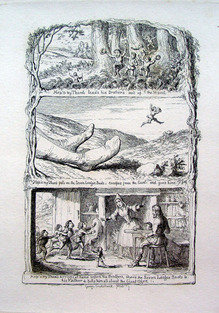











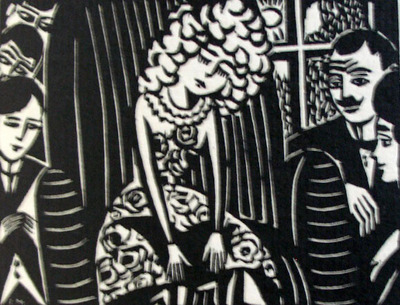



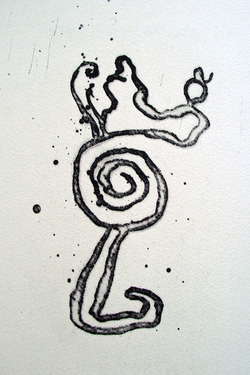











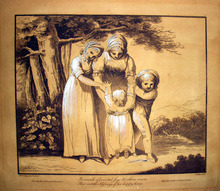































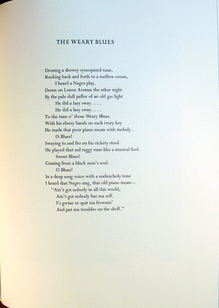



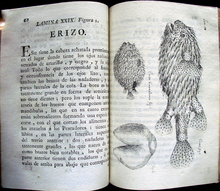
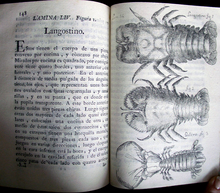



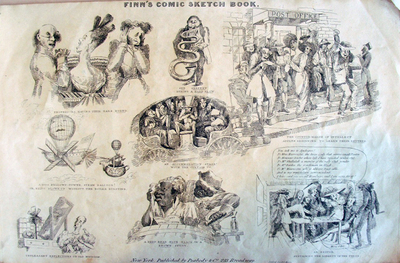

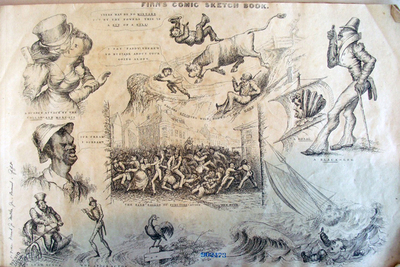


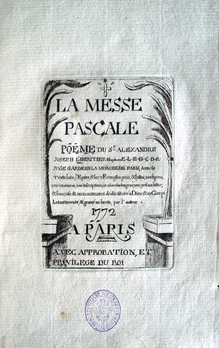



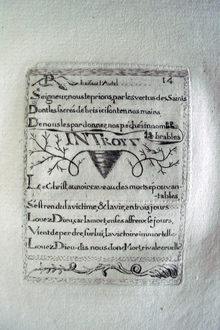




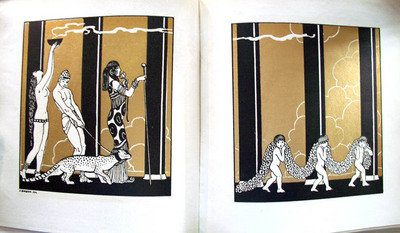











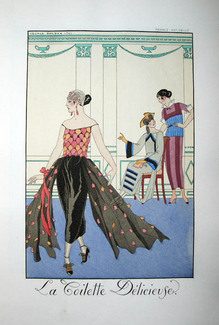


Recent Comments